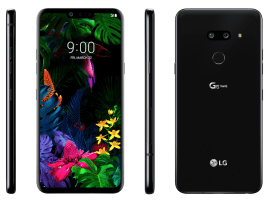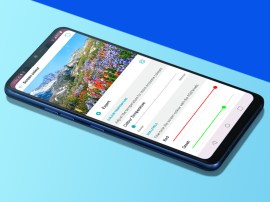Five mobile phone firsts that prove LG was never afraid to mix it up
On a Wing and a prayer
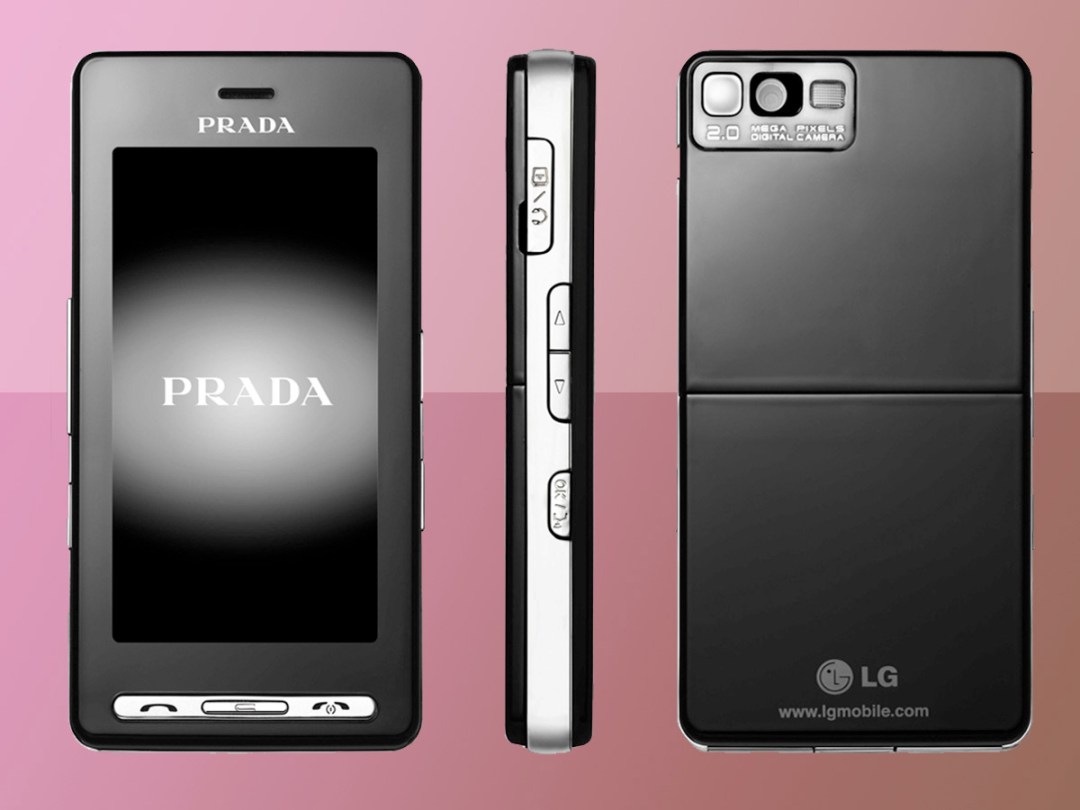
LG has left the building – well, the Carphone Warehouse at least. The South Korean company will no longer release new mobile phones despite knowing a thing or two about superb OLED displays and never being afraid to innovate or simply try something bonkers different.
Perhaps it’s fitting it bows out on the completely bizarre LG Wing; a 90-degree swivel screen smartphone some say should never have made it to the drawing board, let alone a production line, but LG’s willingness to try out things other manufacturers daren’t meant its journey was always an interesting one, if not entirely successful.
But for every experiment never to be repeated, like the LG G5 and its modular system that never really became a thing, there’s a true LG innovation.
Did you know it released the first Android Wear smartwatch, the LG G Watch, back in 2014? In fact, five years earlier the LG GD910 “3G Watch-Phone” helped usher in a new generation of Dick Tracy-wearables.
LG, we salute you, thanks for making mobile phones fun, and as a token of our appreciation here are some of our favourite “firsts” from the LG logbook.
LG KE850 Prada: The first capacitive touchscreen phone
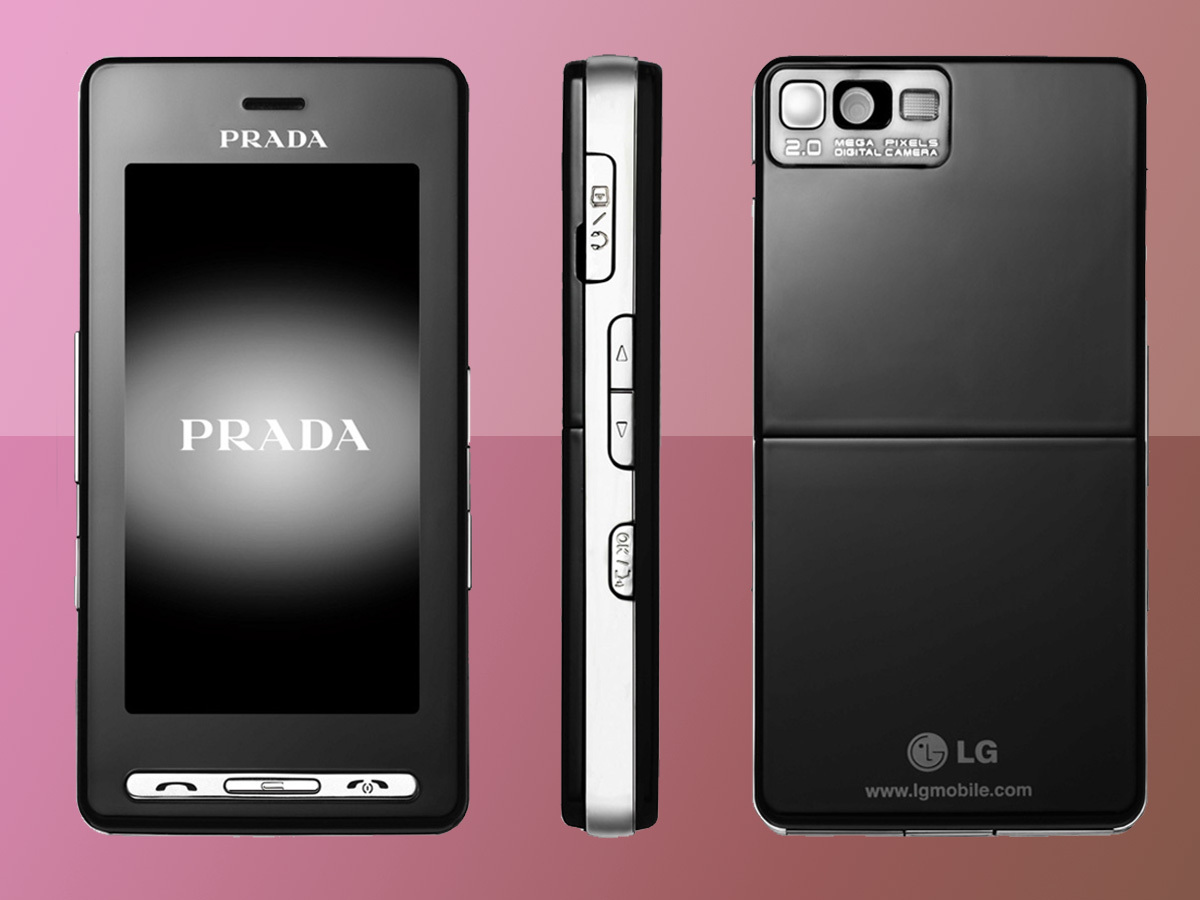
What was the most important phone of 2007? The first Apple iPhone? Wrong, it was the LG KE850 Prada.
Perhaps that’s over-egging it, but LG did beat Apple to an important milestone – it was the first capacitive touchscreen phone, and the kind of touch interface all phones use today.
If you’re not old enough to remember the days of resistive touchscreens, you’re lucky. They used a dual-layer design, and you had to actually press down on the top layer, making it flex onto the layer below to get it to register a tap. It wasn’t so much a touchscreen as a push screen. If you didn’t own a resistive phone, odds are you experienced the tech on the Nintendo DS series.
The LG Prada KE850 seems kind of quaint today. A top-end mobile with a fancy fashion brand plastered across its front for £600. You’d pay nearer £2000 for that sort of action today.
LG G Flex: The first self-repairing curved phone
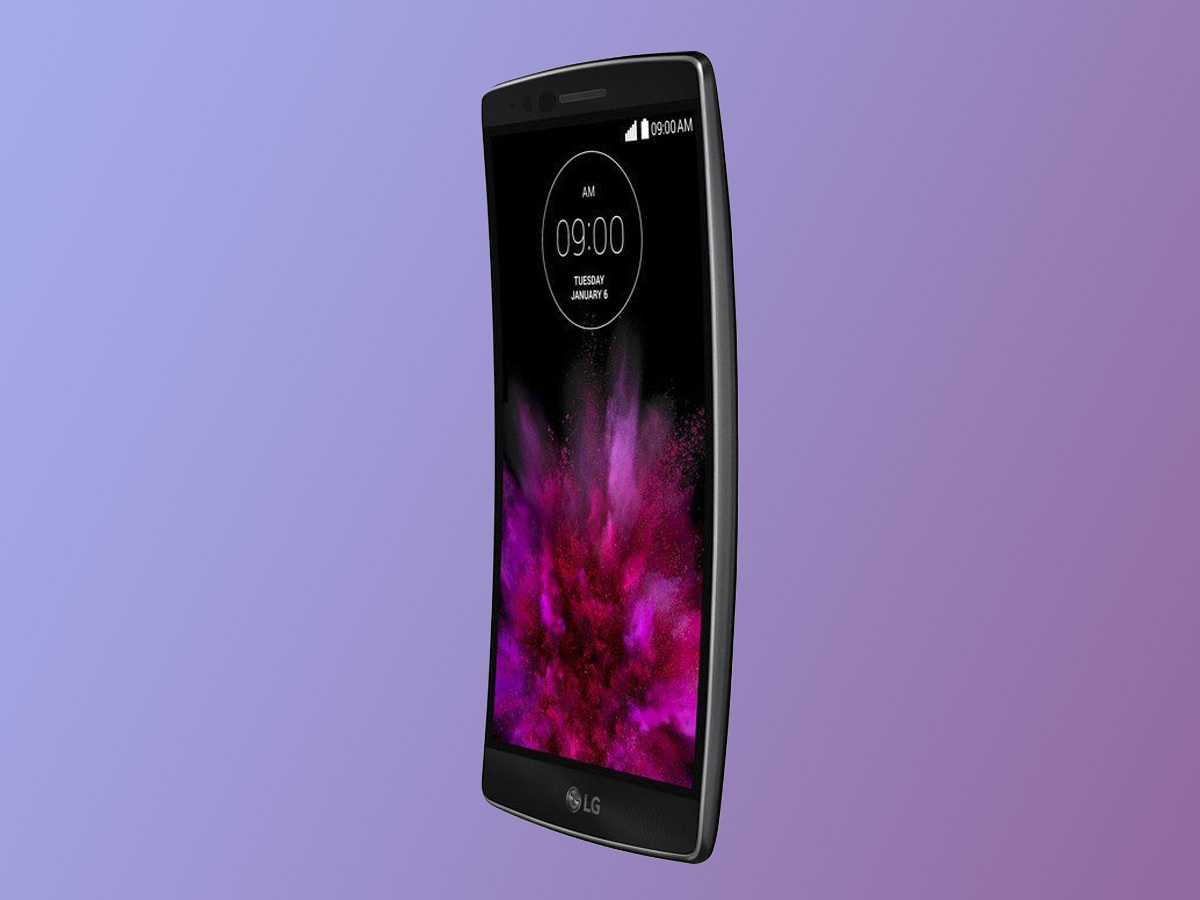
LG was never afraid to experiment, and no more so than on 2013’s bendy G Flex, which was one of – thankfully – very few curved-screen phones.
Like a mini curved TV, the bottom and top bent out towards you. It was also the Wolverine of mobiles, because not only did LG claim you could flatten the curve with your palm without killing the thing (which we of course tried), but it had a self-healing back too.
We don’t necessarily recommend trying this out for yourself should you hunt one down online, but its use of a layer of resin that could gradually, over the space of a few hours, fill in the indentations caused by minor scratches and scrapes, was undoubtedly cool.
Google Nexus 5: The first killer Google phone
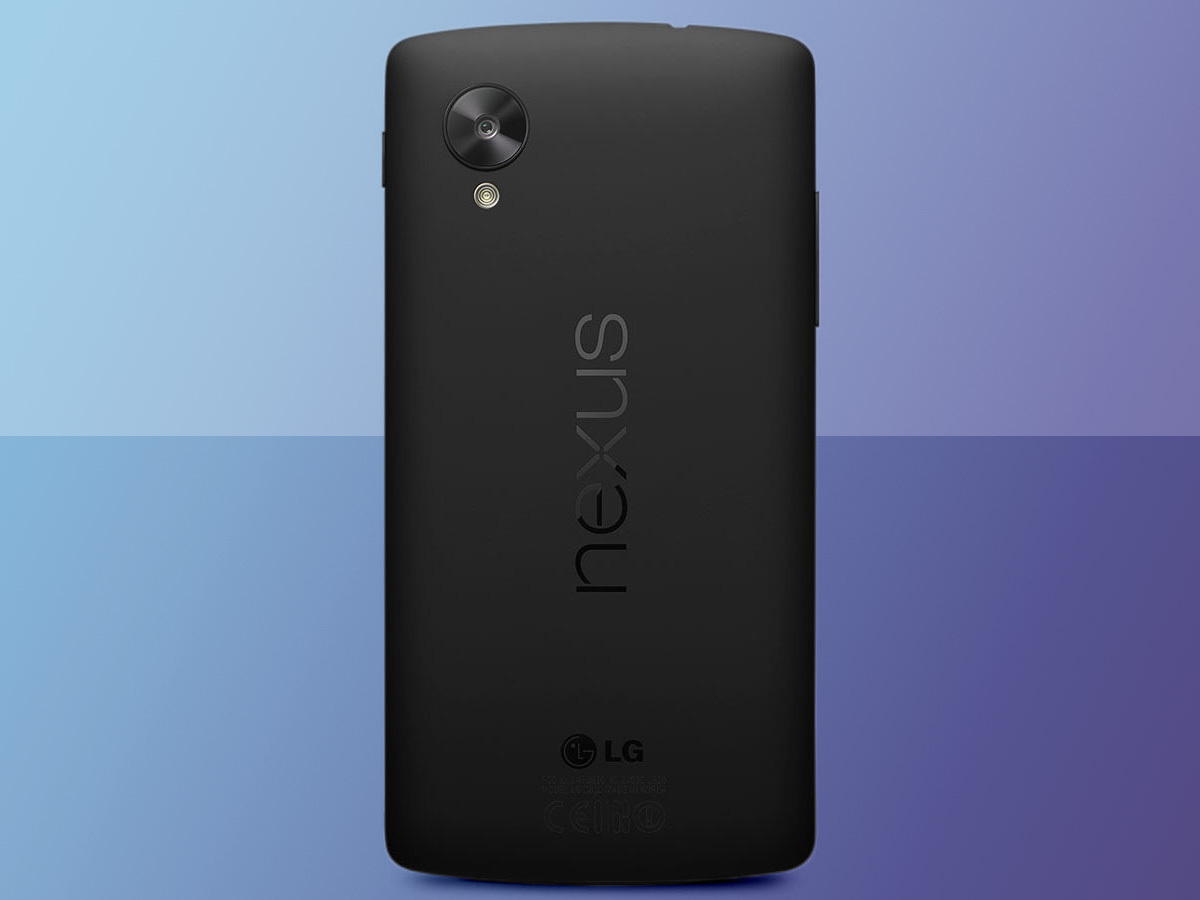
LG made the first truly brilliant Google phone; 2013’s Nexus 5. Google had already made four phones with big-name partners, including the Nexus 4 with LG, but the Nexus 5 turned our response to the Nexus series from “yeh, they’re nice I guess” to “this is probably the phone you should buy this year”.
The Nexus 5 was a £299 handset that could compete with the £600-odd flagship Samsung Galaxy S4. It had a Full HD screen, a Qualcomm Snapdragon from the same top-end series we get today and a moody soft touch black finish.
You could argue it formed the blueprint for OnePlus the next year: a zero fluff phone at a near-unbeatable price. Nexus phones strayed from this style almost immediately, and wouldn’t be nearly as easy to recommend until the Pixel series finally came around.
LG G3: The first QHD+ touchscreen phone we got our hands on

Here’s a fact to make you a little depressed – 2013’s LG G3 has a sharper display than the Samsung Galaxy S21.
LG was the first big name to release QHD resolution phones in the West. Sure, Oppo and Vivo announced ultra-high resolution phones around the same time, but you couldn’t buy those on the high street.
LG was the company best placed to ram 2560×1440 pixel LCD screens down our throats, because sister company LG Display actually designed and made the things.
LG V20: The first quad-DAC phone
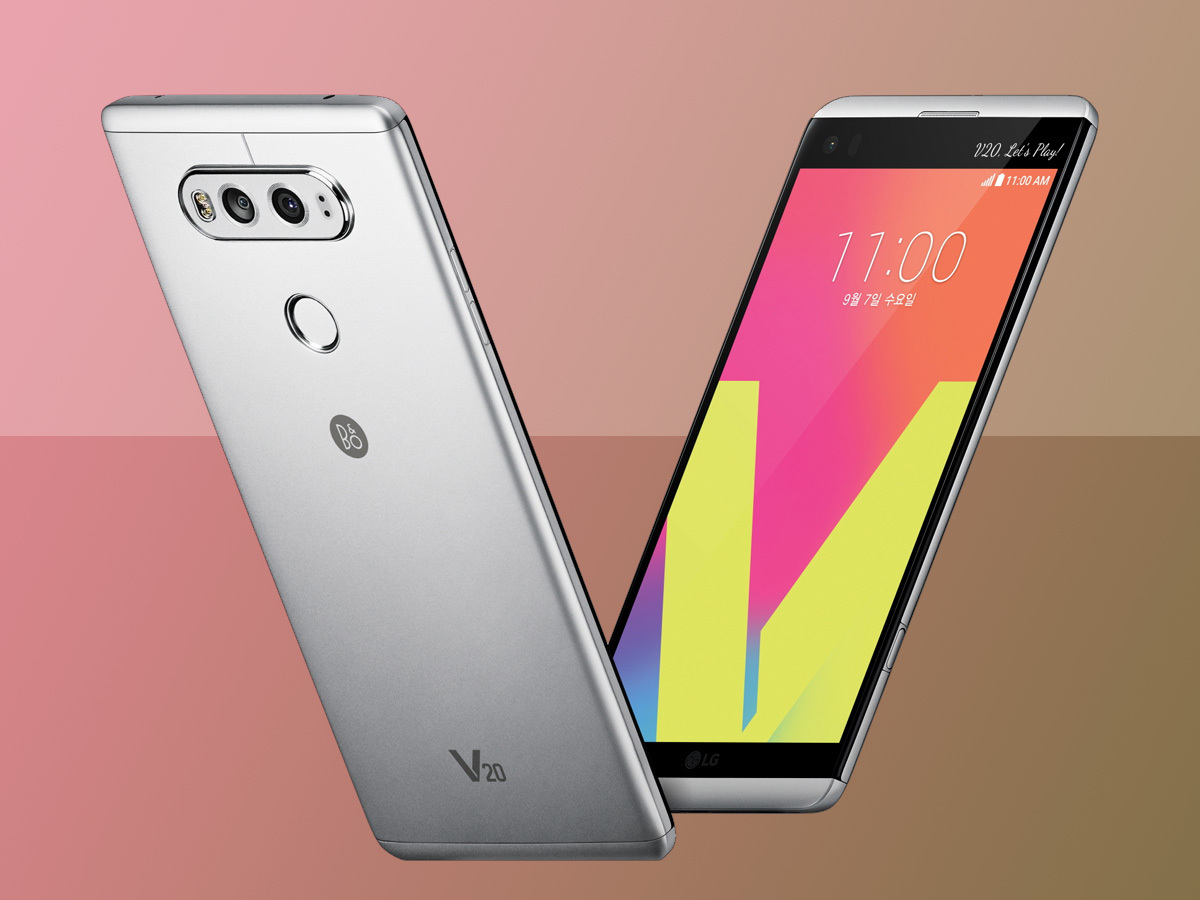
Before Apple started the trend of removing headphone jacks from high-end phones, LG went big on wired audio quality.
The LG V20 from 2016 was the first phone to have a “quad-DAC”. A DAC turns the digital audio signal you get from, say, a streaming service, into the analogue signal that ends up going through your headphone cable.
You can talk up the benefits of a great DAC in all sorts of ways, but mainly it can unearth new details in a song you’ve listened to a hundred times. It opens up the soundstage and clarifies bass like some $120 GOOP skin cream clears up your pores.
But the real deal here is in maxing-out the SNR (signal-to-noise ratio), meaning more audio gold and less guff. The LG V20 also had an unusually powerful headphone amp section, handy for larger hard-to-drive headphones. Audiophiles loved this phone.
LG would continue down this road even as headphone jacks became even more scarce. A rare moment of old fashioned stubborness in a history of balls to the wall LG breakthroughs.


